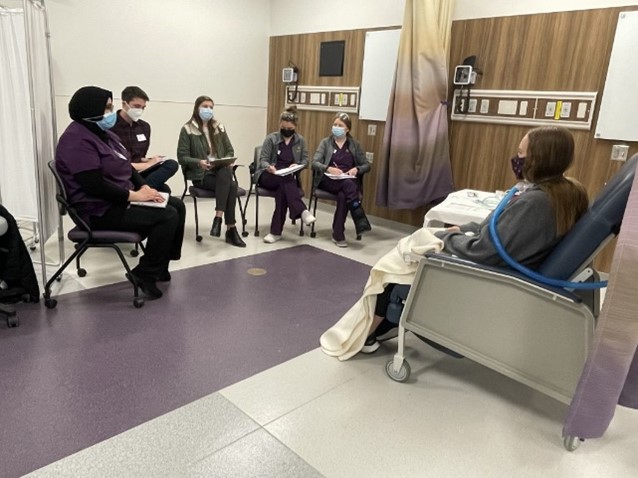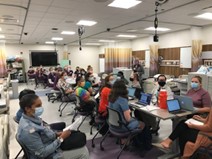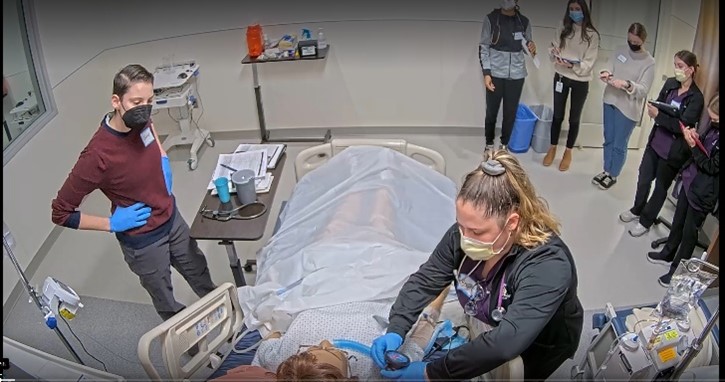Scholarship of Teaching (SoT) Lab
The mission of the SoT Lab is consistent with West Chester University’s (WCU) and the Department of Communication Sciences and Disorders (CSD) Strategic Plan to promote academics through student learning and teaching excellence.
The SoT Lab has pursued multiple lines of research. Please click on the tabs below to learn more.
Critical Thinking, Application of Evidence-based Practice, and Professional Writing
One such line involves critical thinking (CT) abilities, application of evidence-based practice (EBP), and professional writing (PW) skills of CSD students with the goal of enhancing the students’ professional contributions to the field of speech-language pathology (SLP) and audiology. Our first study investigated the effectiveness of teaching modules designed to enhance the use of CT, EBP, and PW skills by CSD graduate students (Grillo, Koenig, Gunter, & Kim, 2015, in Communication Disorders Quarterly). The second and third studies have focused on PW. The second study summarized error patterns in macrostructure, microstructure, and APA style found in the written expository texts produced by undergraduate students in the early stages of a CSD program (Kim, Gunter, Koenig, & Grillo, 2015, poster presentation at the American Speech Language Hearing Association’s (ASHA) annual convention). The third study expanded upon the second study by correlating PW error patterns in written expository texts produced by undergraduate students, linguistic features (e.g., mean length of T-Units, clause density, as assessed by SALT), and other student variables (i.e., GPA, grades in 100-level and 200-level writing courses, and cumulative semester hours) (Kim, Gunter, Koenig, & Grillo, 2016, poster presentation at ASHA’s annual convention).
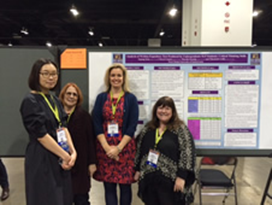
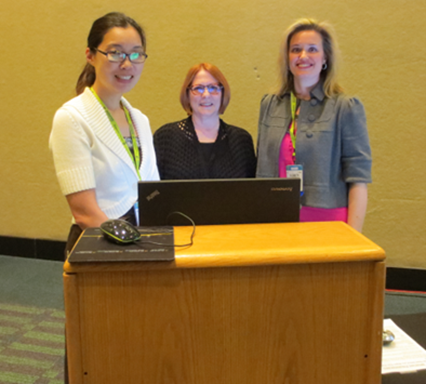
Telepractice Considerations for Graduate Education
A second line involves the rapid shift to remote clinical training and the use of telepractice as a way of clinical service provision during the COVID-19 pandemic. Telepractice in speech-language pathology is a continually evolving part of clinical service delivery. Despite its popularity, little evidence exists on how to educate beginning-level student clinicians in telepractice provision. The first study (Roman, Kim, & Means, 2021) aims to assess the perceived comfort level of first-year graduate clinicians providing telepractice services during the COVID-19 pandemic. Identifying these perceptions and potential challenges allows faculty and clinic supervisors to improve their instruction for telepractice service delivery. Survey data were collected from graduate clinicians (n = 23) during the onset of the COVID-19 pandemic regarding their perceptions of telepractice-based clinical service delivery. Results indicated that all student clinicians surveyed had accrued between 1 and 15 hours of telepractice hours during the Spring 2020 semester (February–May 2020). Student clinicians were largely comfortable finding evidence to support therapies, providing basic therapeutic services, and completing clinical documentation for telepractice sessions. They noted challenges in using cloud-based computing software and selecting appropriate therapeutic intervention approaches for telepractice services. The findings from this study may provide insight into preservice training using telepractice and yield recommendations in integrating telepractice into early graduate training curricula.
The second study (Kim, Roman, & Moore, 2022) aims to explore patient and caregiver satisfaction regarding telepractice versus in-person services provided at a university speech, language, and hearing clinic (Fall 2019, Spring 2020, and Summer 2020). Results indicated that patients and caregivers rated overall in-person services significantly higher than the overall telepractice services. Patients’ and caregivers’ perceived technology skills were not significantly related to their satisfaction of telepractice. However, graduate clinicians’ technology skills, professionalism, and the quality of materials used in sessions were significantly associated with patients’ and caregivers’ satisfaction of telepractice. Also, patients’ and caregivers’ interaction with graduate students and supervisors was significantly correlated to their satisfaction of telepractice. The current survey data from patients and caregivers suggest preliminary ideas in telepractice pedagogy. Effective preservice telepractice instruction may include interpersonal skills, technology skills, appropriate selection and preparation of online materials, and behavioral management skills via clinical and academic training.
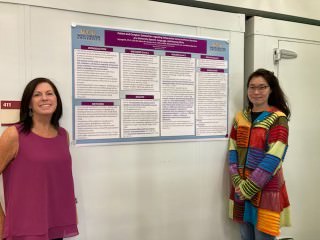
University-wide Interprofessional Education
A third line involves University-wide interprofessional education (IPE) experiences. Students from a wide range of disciplines in the College and Health Sciences and Social Work meet to learn about the various roles/responsibilities of nursing, athletic training, exercise science, public health, school counselors, social work, registered dietitians, and speech-language pathologists. Our initial work resulted in a publication in the International Journal of Health Sciences Education (Davidson et al., 2019) and multiple national conference presentations. We continue to offer a large IPE event every spring via Zoom videoconferencing.
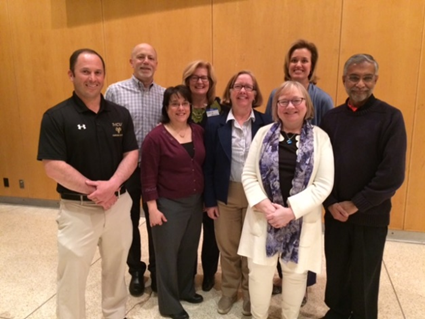
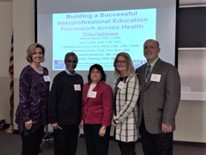
Interprofessional Education with Cultural and Linguistic Diversity Considerations
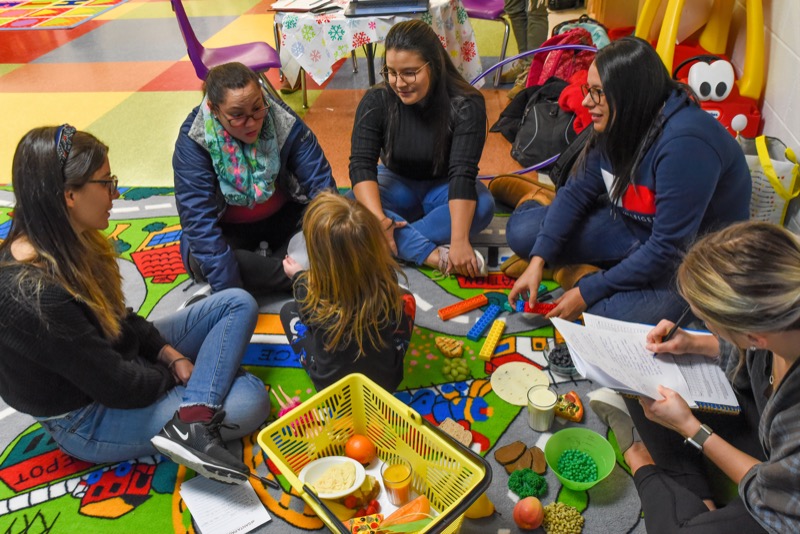 A fourth line involves Interprofessional Education (IPE) with cultural and linguistic
diversity considerations, which combined the international interprofessional initiatives
involving collaborations between WCU and Universidad Santa Paula (USP), Costa Rica
(Swasey Washington & Arenas, poster presentation at the 2016 ASHA Convention) with
IPE at WCU. Beginning in 2015 students have been participating in study abroad to
Costa Rica as part of the Bilingual Emphasis Course Sequence, a component of the CSD
graduate program (Swasey Washington, 2012, Program founder and director). They participate
in community clinics, working with other speech-language students, teachers, and other
professionals to meet the needs of patients. On designated days, they also engage
in cultural immersion activities and excursions.
A fourth line involves Interprofessional Education (IPE) with cultural and linguistic
diversity considerations, which combined the international interprofessional initiatives
involving collaborations between WCU and Universidad Santa Paula (USP), Costa Rica
(Swasey Washington & Arenas, poster presentation at the 2016 ASHA Convention) with
IPE at WCU. Beginning in 2015 students have been participating in study abroad to
Costa Rica as part of the Bilingual Emphasis Course Sequence, a component of the CSD
graduate program (Swasey Washington, 2012, Program founder and director). They participate
in community clinics, working with other speech-language students, teachers, and other
professionals to meet the needs of patients. On designated days, they also engage
in cultural immersion activities and excursions.
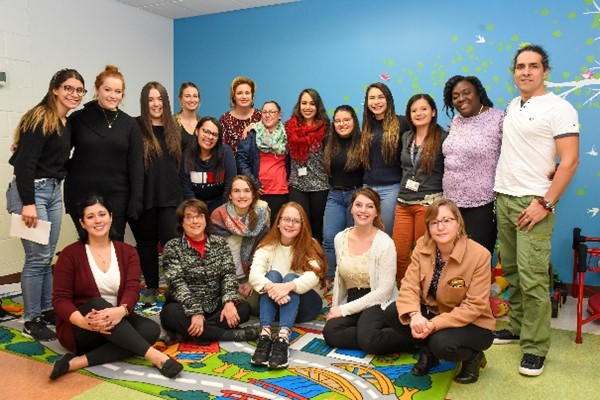 When a study abroad was planned, involving USP students and faculty visiting WCU,
it was decided that it would be an interprofessional experience. This would support
the memorandum of agreement (MOA) between WCU and USP (Swasey Washington & Castro,
MOA administrators) and move IPP to IPE at WCU, based on WCU’s needs (Davidson et
al., 2019). In December 2019, the study abroad was conducted, with USP students and
faculty from the professions of occupational therapy, physical therapy and speech-language
pathology visiting WCU to participate in our first interprofessional education/interprofessional
practice (IPE/IPP) event in the WCU community. Professions represented by WCU students
and faculty were nutrition and speech-language pathology. After IPE training and
development of interprofessional screening tools for bilingual Spanish-English pediatric
and adult patients, students worked in teams, supervised by faculty, to conduct screenings.
They later participated in debriefing and reflection activities. This event resulted
in an invited presentation (Grillo et al., Stockton University, Virtual IPE Conference,
June 4, 2021).
When a study abroad was planned, involving USP students and faculty visiting WCU,
it was decided that it would be an interprofessional experience. This would support
the memorandum of agreement (MOA) between WCU and USP (Swasey Washington & Castro,
MOA administrators) and move IPP to IPE at WCU, based on WCU’s needs (Davidson et
al., 2019). In December 2019, the study abroad was conducted, with USP students and
faculty from the professions of occupational therapy, physical therapy and speech-language
pathology visiting WCU to participate in our first interprofessional education/interprofessional
practice (IPE/IPP) event in the WCU community. Professions represented by WCU students
and faculty were nutrition and speech-language pathology. After IPE training and
development of interprofessional screening tools for bilingual Spanish-English pediatric
and adult patients, students worked in teams, supervised by faculty, to conduct screenings.
They later participated in debriefing and reflection activities. This event resulted
in an invited presentation (Grillo et al., Stockton University, Virtual IPE Conference,
June 4, 2021).
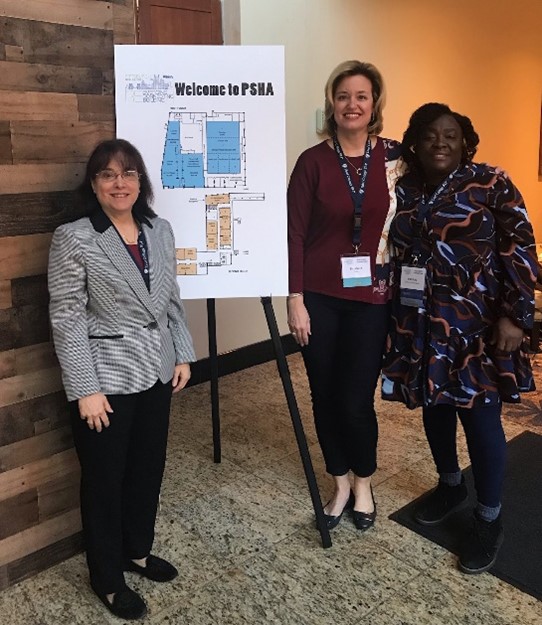 Due to the COVID-19 pandemic, WCU cancelled international travel and moved academic
and community events to a virtual mode. As a result, IPP and study abroad events involving
CSD were reconstructed, to become an online, asynchronous course in summer 2020 and
2021, Interprofessional Education and Cultural and Linguistic Diversity Considerations.
Summer 2020 involved bilingual English-Spanish CSD students, while in summer of 2021,
all students were monolingual. Nutrition and CSD students were provided cultural competence
and IPE/IPP training, using several online modules. The clinical experience was based
on elaborating case studies, team building, creating culturally responsive interprofessional
screening tools, role-plays, documentation, written reflection, and debriefing. Students
received summative and formative feedback.
Due to the COVID-19 pandemic, WCU cancelled international travel and moved academic
and community events to a virtual mode. As a result, IPP and study abroad events involving
CSD were reconstructed, to become an online, asynchronous course in summer 2020 and
2021, Interprofessional Education and Cultural and Linguistic Diversity Considerations.
Summer 2020 involved bilingual English-Spanish CSD students, while in summer of 2021,
all students were monolingual. Nutrition and CSD students were provided cultural competence
and IPE/IPP training, using several online modules. The clinical experience was based
on elaborating case studies, team building, creating culturally responsive interprofessional
screening tools, role-plays, documentation, written reflection, and debriefing. Students
received summative and formative feedback.
Based on the combination of interprofessional activities involving study abroad and cultural and linguistic diversity, three presentations resulted (Swasey Washington et al., virtual presentation at the 2021 Pennsylvania Speech-Language-Hearing Convention; Swasey Washington et al., virtual presentation at the 2021 American Speech-Language-Hearing Association; Swasey Washington et al., invited oral presentation at the 2022 Pennsylvania Speech-Language Hearing Association). An article documenting our work is in progress and will be submitted for publication soon. We continue to update our course and activities to support the needs of our students and community.
Interprofessional Education Simulation
A fifth line involves Interprofessional Education (IPE) simulation. We have created IPE Simulation experiences for students in nursing, athletic training, speech-language pathology, registered dietitians, and respiratory therapy. The simulations have included mid-fidelity manikins, standardized patient actors, and telehealth via Zoom videoconferencing. We continue to offer IPE simulations for our students. Our work has resulted in multiple presentations at national, state, and local conferences.
